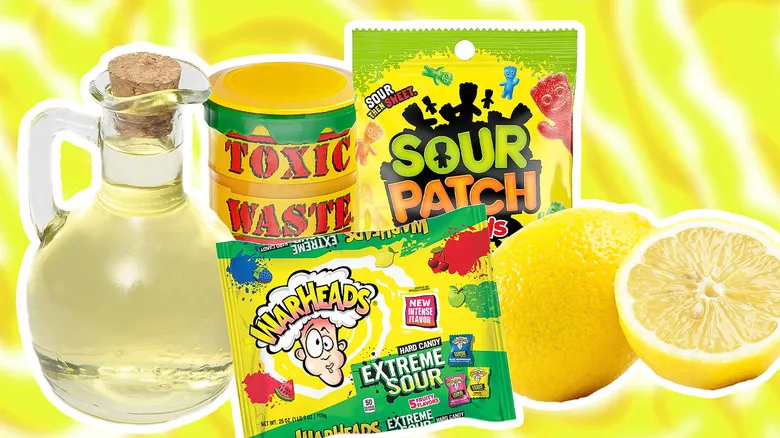A history of sweet and sour
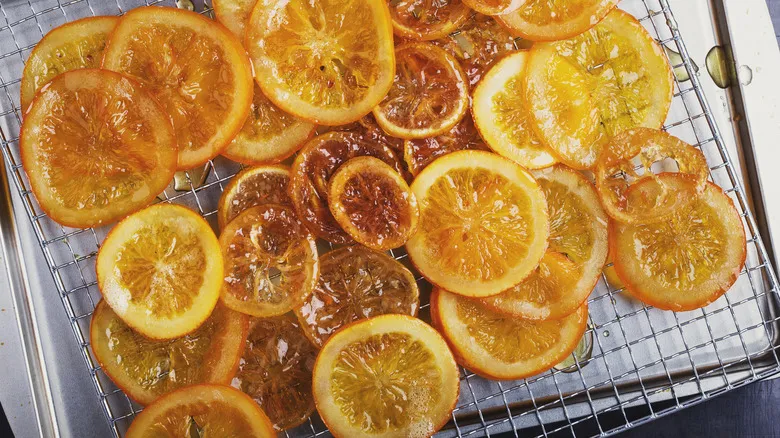
The initial efforts to create sour confections were inspired by sour fruits. Ancient civilizations such as the Greeks, Persians, and Egyptians experimented with ingredients like lemon juice, pomegranates, and tamarind to balance the sweetness of honey and fruit, highlighting sour flavors. While the exploration of sour tastes has remained popular, the candy industry truly flourished in the early 19th century. Early candy makers may have incorporated vinegar into their recipes to counteract excessive sweetness, as its acidity helped to create a more balanced flavor profile. When confectioners sought to enhance the tanginess, vinegar was often the go-to ingredient.
As candy-making progressed, confectioners began to utilize naturally occurring acids. Tartaric acid, commonly known as cream of tartar, was one of the most widely used acidic components, but citric acid soon emerged as the key ingredient for sour candies due to its origin in citrus fruits and its suitability for candy production. Treats like sour balls, Lemonheads, and Regal Crown sour hard candies all featured citric acid combined with other flavors to achieve their signature tartness.
Although sour candy has been a staple in the global candy landscape for a long time, it was the Atomic Fireball that likely ignited a fascination with "dangerous" candies among enthusiasts. Developed by the Ferrara Pan Candy Company in Forest Park, Illinois, these cinnamon-flavored Fireballs were crafted to deliver an experience that was as painful as it was pleasurable. The "extreme" nature of these candies inspired modern confectioners to delve into the realm of intensely sour variations.
Warheads and other extreme sours
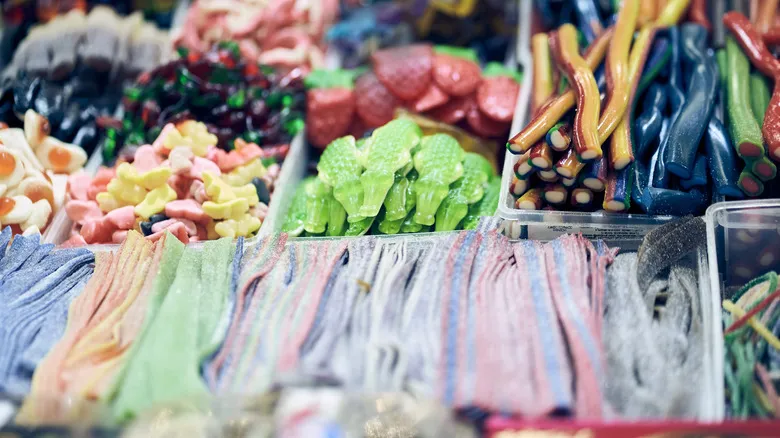
Following the introduction of the Atomic Fireball, candy manufacturers began to delve into the realm of extreme candies, culminating in a frenzy during the 1990s. This trend was extensively documented by Mark Frauenfelder of Wired, who highlighted the soaring popularity of gross-out or extreme candies, significantly influenced by Mega Warheads. This particular brand of intensely sour candy was created by Peter De Yager, the founder of the Foreign Candy Company in Hull, Iowa. After thoroughly researching the extreme sour candies of Japan, Singapore, and Thailand, De Yager formulated a potent mixture of malic, ascorbic, and citric acids, which he applied to a conventional fruit-flavored hard candy.
Malic acid is primarily responsible for the intense sourness found in these candies. Similar to citric acid, malic acid is sourced from sour apples, which is what gives Granny Smith apples their distinctive tart flavor. Nowadays, sour candy enthusiasts on the r/candy subreddit highly recommend Barnetts Mega Sours from Great Britain, which also combines malic and citric acids. For those seeking to truly challenge their taste buds, Black Death Mega Sours, another British confection, comes with a cautionary label.
Given the numerous reports of scorched taste buds and bruised lips associated with today's most extreme sour candies, it will be fascinating—and perhaps painful—to see what the future holds for the world of sour confections.
Recommended
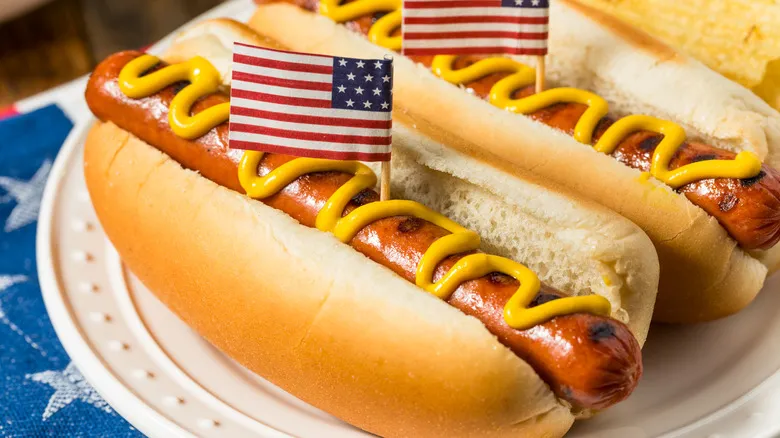
The Reason Hot Dogs Are Sometimes Called Franks
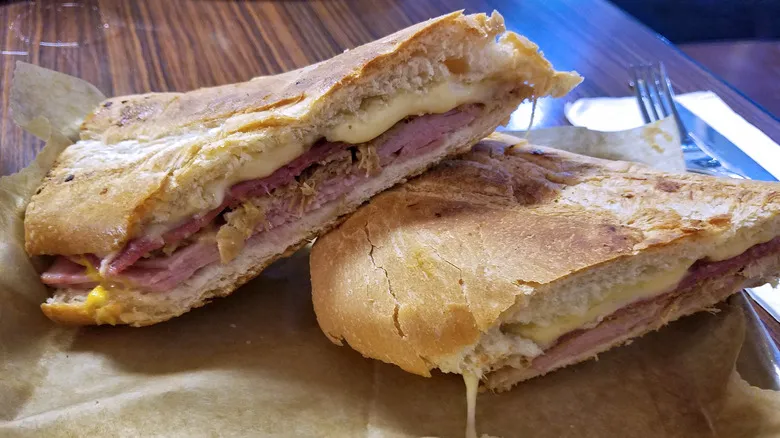
Are You Putting Salami On Cuban Sandwiches? Should You?

What Makes Chop Suey Different From Chow Mein?

How Chicory Became A Major Part Of New Orleans Coffee Culture
Next up

